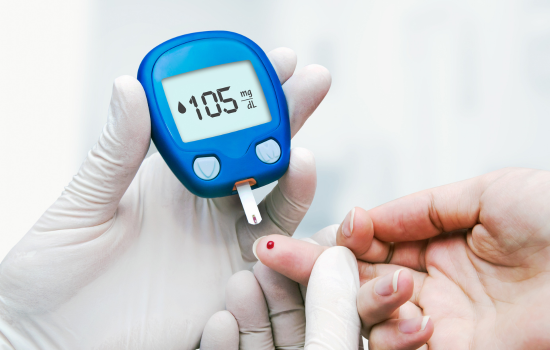Advertisements
In the modern world, where smartphones are always within reach, technology has become an important ally for health care.
In the case of people who need to monitor their glucose levels, monitoring applications have become essential tools, facilitating monitoring and allowing greater control over diabetes.
Advertisements
In this article, we will explore two of the main applications available, in addition to highlighting curiosities about the subject and the benefits of using them.
Benefits of Glucose Monitoring with Apps
Glucose monitoring apps offer a number of benefits for those who need to monitor their blood sugar levels. Here are some of the main ones:
Advertisements
See also:
- Dragon Ball Z Dokkan Battle: Journey of the Z Warriors
- AI App That Brings Old Photos to Life
- Autopilot for your Car: ShiftPower Makes It Possible
- Free Application to Play GTA San Andreas
- The Influence of Diabetes on Oral Health
Real time monitoring: The applications allow you to monitor your glucose levels in real time, providing instant information about how your diet, exercise and medications are affecting your health.
Easy to use: With intuitive and simple interfaces, these apps are easy to use, even for people with little technology experience.
Data register: They allow you to easily record and store your glucose results over time, making it easy to track trends and identify patterns.
Alerts and Reminders: Many apps offer alert and reminder features, helping to ensure you never forget to check your glucose levels or take your medications.
Share Data: Some apps allow you to share your glucose data with healthcare professionals or family members, making it easier to remotely monitor and get additional support.
The Influence of Diabetes on Oral Health: Prevention and Treatment
Diabetes can have a significant impact on oral health, increasing the risk of developing problems such as gingivitis, periodontitis, tooth decay and fungal infections.
This is because diabetes can reduce the body's ability to fight infections, including those that affect the mouth.
Additionally, high blood glucose levels can encourage the growth of bacteria that cause cavities and gum disease.
To prevent complications, it is essential to maintain good blood glucose control, brush your teeth at least twice a day, floss daily, have regular dental checkups, and avoid smoking.
Treating dental problems in people with diabetes may require additional care, such as the use of antibiotics or adjustments in medication to control blood glucose during procedures.
Two Main Glucose Monitoring Applications
MySugr
This app is known for its friendly interface and complete features. It allows users to record their glucose levels, track their carbohydrate consumption, and even receive personalized feedback based on the data entered.
Additionally, MySugr offers the option to automatically sync your logs with other devices and apps, making the monitoring process even more convenient.
Glycose Buddy
Another popular option is Glicose Buddy, which offers similar features to MySugr. It allows users to record their glucose levels, foods consumed, medications and physical activities.
Additionally, the app offers detailed graphs and reports to help users better visualize and understand their glucose data over time.
Curiosities about Glucose Monitoring
Did you know that the first portable glucose meter was invented in the 1960s by a scientist named Leland Clark Jr.? Since then, technology has evolved significantly, making glucose monitoring more accessible and convenient than ever.
Ideal blood glucose levels can vary from person to person and throughout the day. For most people with diabetes, target levels before meals are typically between 80 and 130 mg/dL, while target levels two hours after meals are typically less than 180 mg/dL.
Monitoring your glucose levels regularly can help prevent serious complications of diabetes, such as heart disease, nerve damage, kidney problems, and vision loss.
More Important Information about Glucose Monitoring
In addition to using apps, it is important to remember that glucose monitoring should be part of a comprehensive care plan for those living with diabetes.
This includes a healthy diet, regular physical activity, medications prescribed by your doctor, and regular consultations with health professionals.
When choosing a glucose monitoring app, it is essential to check if it is compatible with your mobile device and meets your specific needs.
Additionally, it is always a good idea to consult your doctor or diabetes educator for guidance on proper use of the app and interpretation of the results.

Conclusion
Glucose monitoring apps offer a convenient and effective way to track your blood sugar levels and take better care of your health.
With features like data logging, alerts, and information sharing, these apps can be valuable tools for those living with diabetes.
Try a few apps and see which one works best for you. Always remember that regular glucose monitoring is essential for the successful management of diabetes and the prevention of long-term complications.




